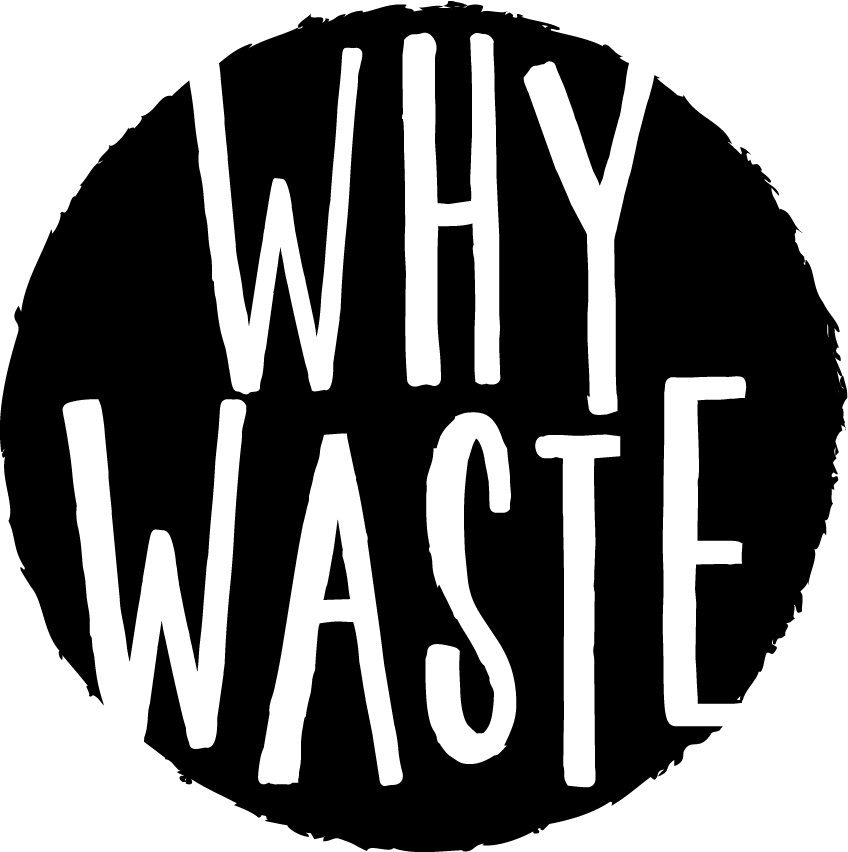Solutions Beyond Sustainability
We believe everyone wants to do the right thing for the environment.
So it’s an awareness/education piece around what is the ‘right thing’ for the environment, why isn’t the right thing happening currently and how to change our habits towards the right thing moving forward. But how do we know what is the ‘right thing’?
A great place to start is the Trajectory of Ecological Design in last weeks blog post, where you can place almost any product or service on a continuum of negative, nuetral or positive impact. However there are some additional frameworks we can use to gauge what is beneficial to working alongside nature, as opposed to against it, and through that discover best practise for whatever purchase, action or behaviour which may or may not be the ‘right thing’ as it were.
The Natural Step use The Funnel to manage complexity and define future positioning. I drew up a funnel mapping the complex issues facing waste here in The Bay of Plenty, with each influence leading us closer to ‘the funnel’ which we will need to pass through in order to move beyond sustainability.
Funnel of Bay of Plenty Waste
Conveniently, the Funnel and the Trajectory of Ecological Design overlap really nicely.
The Funnel being a metaphor for sustainable development as a squeeze and regenerative development being an opening beyond the squeeze.
What I love about this framework is that it enables us to map complexity against the past, present and future drivers of change. Seeing these decreasing and increasing issues being pinched and pushed towards the narrow gates of a perceived future enables us to envision what would make it through, and how it might open up on the other side.
Another excellent resource for managing complex change has been adapted from ‘A framework for thinking about change’ by Knoster T, Villa R and Thousand J. For a slightly different, more clear verison, check it out on The Learning Accelerator
This table helps us identify what is blocking a project to creating change. By identifying what element of the project is missing (vision, skills, incentives, resources, action plan) we are able to conclude with an outcome. It is also possible to reverse engineer the table by identifying the outcome that you are experiencing and trace it back to missing element.
When we were unable to process the organic waste at Revital, the Compost Collection lost a vital resource. Following this framework to the fifth line down (where resources are blacked out) you can see this leads to frustration. When trying to revive the service, I experienced resistance (from myself) due to there being a lack of incentives (fourth line down),



